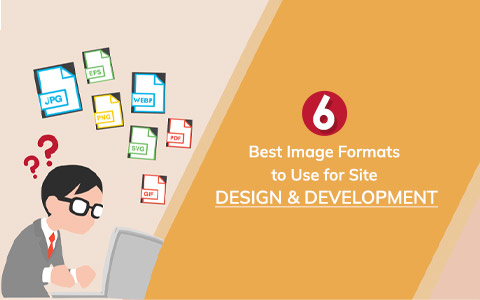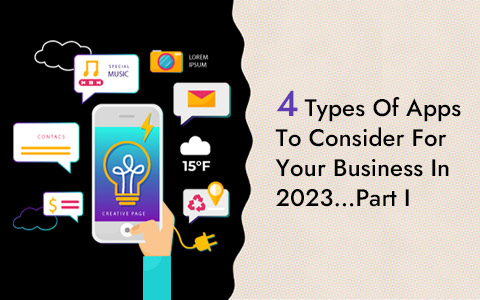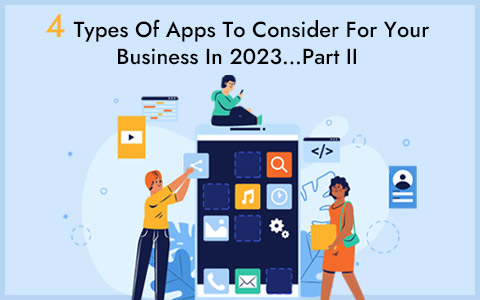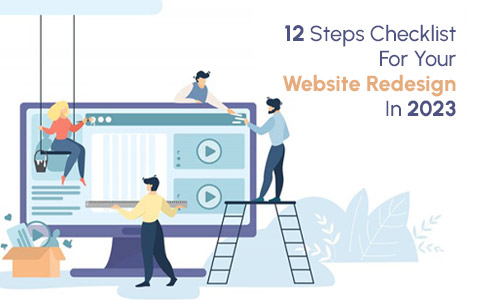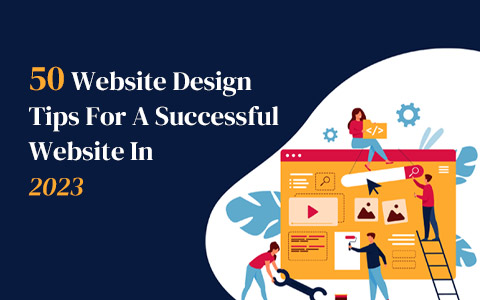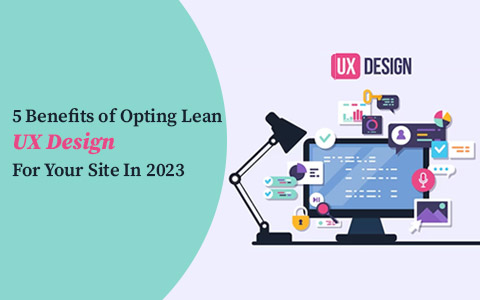Image Optimization To Rank Your Website On Visual Search Results 2023…Part II
 January 30, 2023
January 30, 2023 Digital Marketing Search Engine Optimization
Digital Marketing Search Engine Optimization
“It’s important to look beyond rankings and rather ensure a website is usable for everyone.”
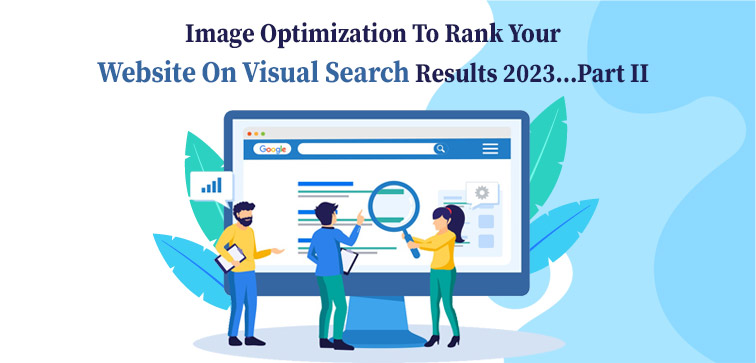
We have reached the final post of our ongoing blog series on image optimization and its impact on enhancing website performance and better ranking on visual search results. Midas has almost two decades of extensive experience in working on diverse projects related to Web Application Development Services, designing, and optimization.
We take great interest in every new project and related challenge as it gives us a new opportunity to notch-up our the record breaking results that we have been achieving through our meticulously customized site development plans. We have worked with global clients and 2023 is another year to perform bigger and better.
Looking for site enhancement? Not sure which web service to hire? Don’t worry, we’ve got you! Give us a call and we will help you with site analysis and deciding on the best service to boost and scale your online presence.
Back to our current blog, let’s get right into it!
Topics That Will Be Covered In This Blog:
1. Visual Search & Search Engines
2. Leading visual search providers
3. Image optimization
4. Image search VS. Visual search
5. Websites, visual search optimization & Benefits
6. Best tips for image optimization
7. Importance & relevance of image optimization
8. Image SEO
9. Conclusion
Websites, Visual Search Optimization & Benefits
If you are not leveraging the changing and evolving technology for your business then you are risking lagging behind your competitors. In terms of online presence and visual search optimization, more than 45 percent of markets around the world are investing their time and effort in visual search optimization to enhance their business presence on web search. Some of the benefits of visual search optimization include:
1. Attract Contemporary/New Age Buyers:
The new generation is quick and adept at using their phones the moment they have eyes on something interesting and they just want to search for similar products online.
Lenses come in handy to offer hassle free visual search accessibility and pull out relevant results for the user to choose from.
2. Engage & Connect With New Customers:
People who shop offline can also use online search to find similar or the same products online and other relevant information (such as price comparison, availability and quality, and customer reviews, etc.).
Visual search and discovery make it easier for the potential buyer to connect with the seller and the product they are interested in.
The use of the right image and complementary content for the product is the way to engage and generate interest in your products online.
3. Selling To Customers Who Search With An Intention To Buy:
A lot of users/buyers will go online to search for a particular product with the intent and willingness to buy the item.
These are the customers who have already made up their minds (to buy the needed item) and image optimization will help you to get their attention.
It is far easier to convince them than a user who is just window shopping online with no particular interest in buying.
4. Generate Revenue:
Visual elements such as images easily draw attention and that is a plus point when you are investing in image optimization and visual search as by doing so you are improving your chances of getting noticed by the target audience online.
Your efforts will pay off in terms of getting more leads and possible sales which will contribute to increasing your revenue for the business.
Best Tips For Image Optimization:
The best practice to successfully optimize your site image is to make sure Google is able to find, assess, understand, index, and subsequently serve your images. Below are some tips & technical advice on how to achieve that:
1. Alt Tags & Image Optimization:
Alt tag which is also known as “alt attribute” or “alt description” is a text alternative for an image that is not able to load or show. Alt tag describes what the image is about.
This feature is beneficial when the visually impaired reader is using a screen reader to explore a website or page. The latest CMS applications already have options to add alt tags for the images used in the website.
When describing the image, keep it simple and interesting. Keyword stuffing is not advised when describing images as it can sabotage your plan to improve your site ranking/performance.
2. Use A Precise Image File Name:
Creating a simple, easy to understand, relevant to the image file name is another step to achieving perfect results for your image optimization. You can rename your images and make sure to add a keyword.
You can use long-tail keywords for your image file name; also use hyphens rather than spaces. If you’re optimizing the image for different languages then make sure to translate the title.
3. Google Looks For Context Clues:
Your SEO signals will help Google to make sense of your site images and website in general.
Use a keyword on the title of the page, include the keyword on your URL, the image should be placed near the text that describes the image, and positions your images on top of the page that you wish to rank on Google.
4. File Format & Image Optimization:
Since timing is everything, we don’t want users to reach our page and wait forever for the image to load. Slow loading images and pages can have the dire consequences for users abandoning the site.
To tackle this issue you must use images that are easy to load and also have high quality. Google serves the following image formats: BMP, GIF, JPEG, WebP, SVG, and PNG. JPG and PNG formats are the most used and preferred ones.
You can use JPEG when the image type is a photograph taken with a camera, or the image file size is small. You can use PNG when you are aiming to achieve transparency in your design.
For images such as infographics where you need solid colors, you can use PNG format. A small size file format that is not photographed with a camera.
5. Image Dimensions, Compression & Optimization:
Another factor to discuss pertaining to loading time and image optimization is the right dimension and compression of images.
Images should contain the same dimensions to prevent tampering with image orientation. You can use Chrome developer tools to find the actual dimensions of the image used and get the correct image element in HTML to optimize it accordingly.
You can use compression tools to get rid of unwanted elements that are adding to the size of the image. Too much or too little compression is not ideal here as one can impact the image quality and the latter might not have any impact at all in reducing the image size.
You can use plugins such as ShortPixel in WordPress or online services like Optimizilla will help you with compressing the image size.
6. Image Sitemap And Optimization:
Google will index your image if you can provide that information on your image sitemap. Use a tool to create an image sitemap for your site and submit it to Google.
Importance & Relevance Of Image Optimization
While your end goal of image optimization could be to rank highest on the Google’s visual search results; image optimization has several other benefits.
You are improving user experience by providing a correctly optimized and relevant image on your website (Google ranks websites higher on search results that are able to offer outstanding user experience to the user).
You will reduce the site bounce rate as your optimized images will load faster and the user will get the information as quickly as possible. Image optimization is part of your site optimization which you should not skip as it will certainly add value to your organic SEO results.
Image SEO:
Image SEO will benefit you significantly if you are in the eCommerce industry. To reiterate what we have discussed above, your image search is a text-based search where you get results in the form of relevant images.
Also, visual search is image based search that will show the text as well as image related results. Optimize your images properly as per the discussed rules to get a better chance at ranking on search results.
Conclusion:
Search engines like Google have various guidelines for visual search accessibility and it is best to follow those guidelines. Site and image optimization can get challenging when the concepts and algorithms of these platforms change on regular basis. You can rely on professionals like Midas for web development, designing, and search engine optimization services from Delhi. Call Today To Speak To Our Experts! Stay tuned for our next update!
popular post
-
7 Signs Your Website Needs A Redesign
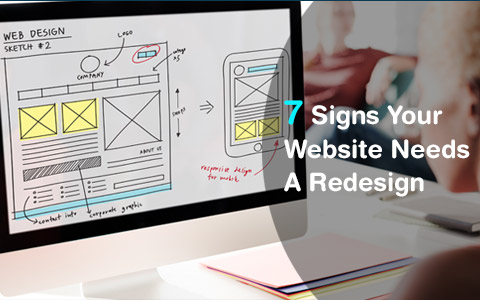
-
10 Key Challenges in Mobile App Development 2023
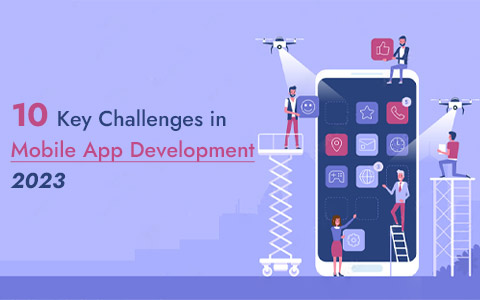
-
Website Design and 7 Common Mistakes To Not Make in 2020…Part I
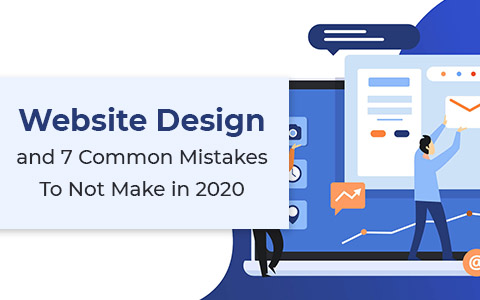
Categories
- Internet Marketing (13)
- Software Development (8)
- Mobile Apps Development (44)
- Web Designing (32)
- Web Development (60)
 business@midaswebtech.com
business@midaswebtech.com